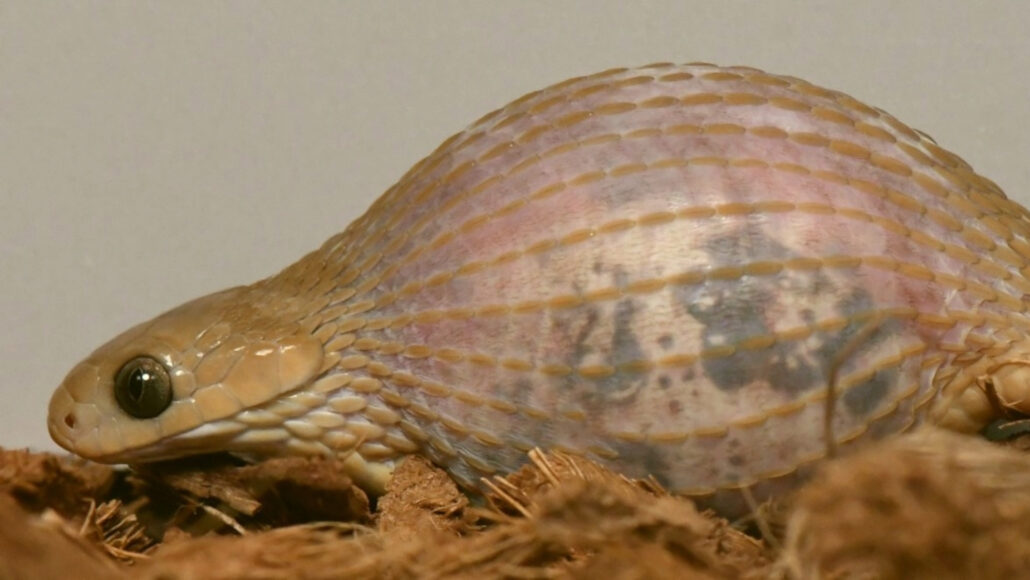Questions for ‘This egg-eater may have the biggest gulp of any snake its size’

Dasypeltis gansi doesn’t have to worry about biting off more than it can chew: It swallows its meals whole!
Bruce Jayne

Dasypeltis gansi doesn’t have to worry about biting off more than it can chew: It swallows its meals whole!
Bruce Jayne